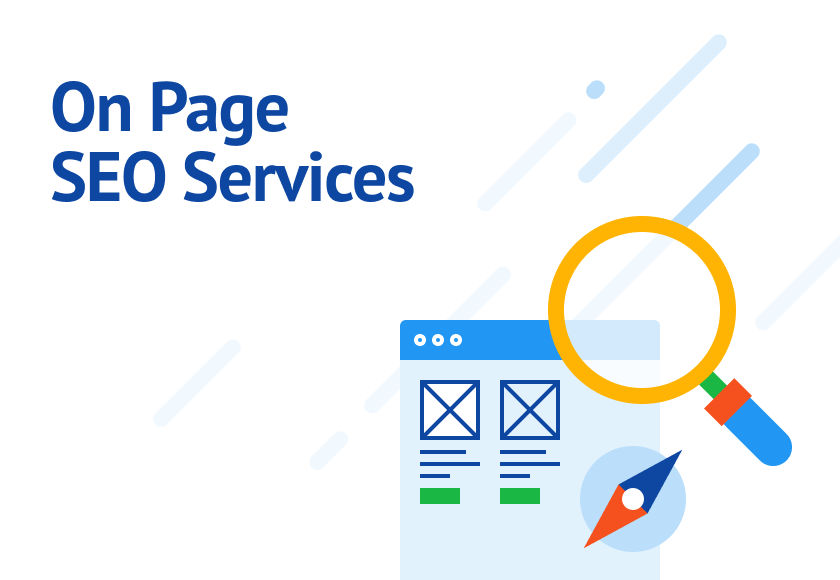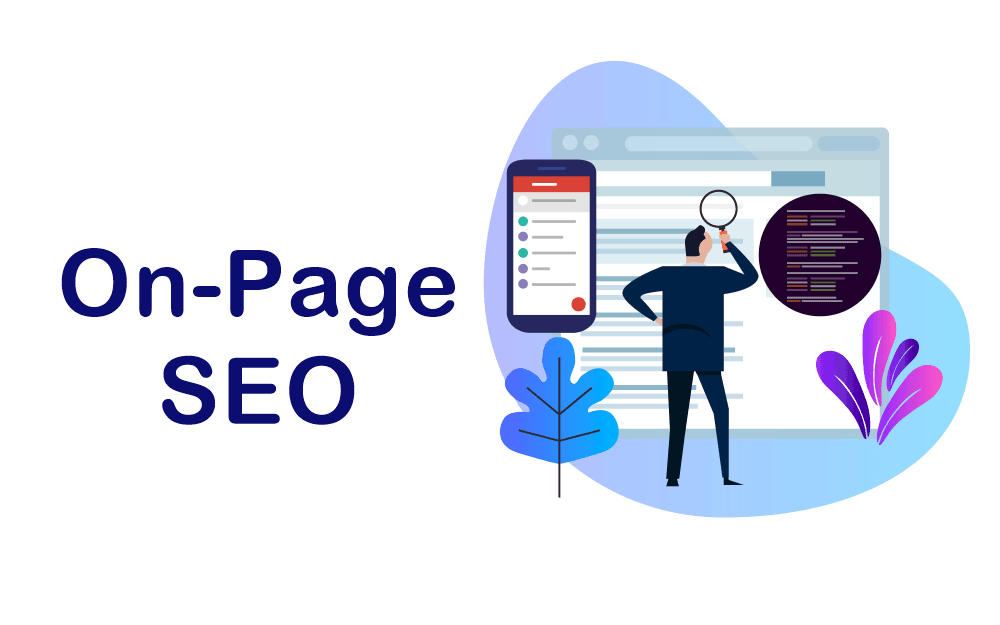
In today’s dynamic digital age, establishing an online presence isn’t just about being seen—it’s about being noticed by the right audience and converting them into loyal customers. One elemental strategy that stands as the cornerstone of such visibility is on-page SEO. Through optimizing individual web pages effectively, businesses can enjoy improved search engine rankings and increased site relevance for user queries.
But why is on-page SEO so crucial? Consider it the primary method for communicating directly to search engines what your site and your business are all about. It helps align your content with user intent and ensures search engine algorithms see your page as a valuable source for users’ needs. Here, we will explore several fundamental aspects of on-page SEO services that can help you transform your site from a simple online brochure into a powerful, conversion-driven website.
Effective Use of Keywords
Your journey to amplifying your website’s SEO starts with keywords. Understanding how to select and use the right keywords is pivotal. To On Page SEO Services effectively incorporate targeted keywords, they should appear in several strategic parts of your page, such as the title tag, headings, body of the content, and URL. However, it’s crucial to maintain a natural flow within content and avoid overusing them, which can lead to penalties for keyword stuffing.
Focusing on long-tail keywords can be particularly beneficial as they target more specific searches and tend to have less competition than generic single-word keywords. Intelligent keyword integration helps your page become more relevant to specific queries, thereby boosting visibility in SERPs.”

Optimizing Meta Tags
Meta tags present another critical facet of on-page SEO. The title tag and meta description play crucial roles in both search rankings and user engagement. Your title tag should clearly define the topic and include a primary keyword, ideally near the beginning. Optimal title lengths ensure the entire title is visible in SERP listings, enhancing readability and click-through rates.
Your meta description acts as an advert for your page: it should be compelling and feature a focused keyword to improve visibility in search results. Though not directly tied to rankings, a well-crafted meta description can significantly influence whether users decide to visit your website or opt for a competing link.
Enhancing User Experience
User experience (UX) impacts not only customer satisfaction but also plays a vital role in SEO rankings. Google’s algorithms consider factors like page load speed, mobile-friendliness, and intuitive navigation when ranking websites. Optimizing these elements ensures visitors enjoy browsing your site, reducing bounce rates and boosting dwell time—both of which can signal to search engines that your site holds valuable content.
To enhance UX, consider implementing responsive design techniques so that your website adjusts smoothly across various devices. Additionally, streamline navigation by organizing information logically and simplifying menus—they are the roadmaps that guide visitors through your site’s content.
Implementing Structured Data Markup
Structured data markup is an underutilized strategy that involves enhancing web pages with specific data types that help search engines understand the context of content. By embedding this metadata in your web pages, you can boost the likelihood of enjoying rich snippets like stars for reviews or prices for products appearing in SERPs. This not only makes your listing more appealing but also increases click-through rates.
The process isn’t as daunting as it sounds; various tools are available that generate this code snippet for you to embed easily in HTML. Taking the time to add schema markup can be incredibly rewarding by making your pages significantly more digestible to search engines.
Content Quality and Freshness
A cornerstone of SEO is high-quality content—engaging, value-driven articles tailored to audience needs. Google favors content that fulfills user intent comprehensively—think depth over breadth when creating web pages. Incorporating images, videos, infographics and the strategic use of header tags to break text apart also helps cater to contemporary internet reading habits while improving SEO.
Updating existing content periodically can refresh it in the eyes of search engines—which see it as newer—and more relevant than outdated competing pages. A well-maintained blog or resource section can engage readers returning for fresh insights regularly, fostering stronger relationships and conversions from incoming traffic.
Understanding and leveraging these aspects of on-page SEO will not only boost your site’s search engine ranking but significantly enhance its overall usability and appeal to visitors. The end goal isn’t just about drawing traffic—it’s about retaining users by providing exceptional user experiences that translate into real business growth.
Leverage these strategies with professional On Page SEO Services, which are instrumental in aligning websites tightly with market dynamics and audience expectations—all set upwards towards success!




